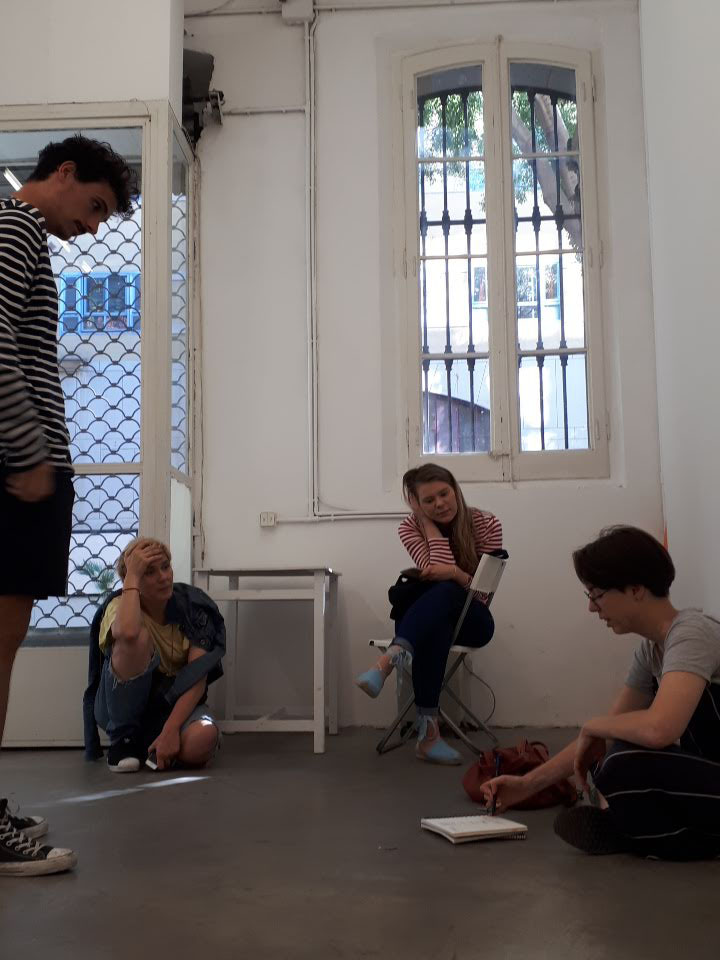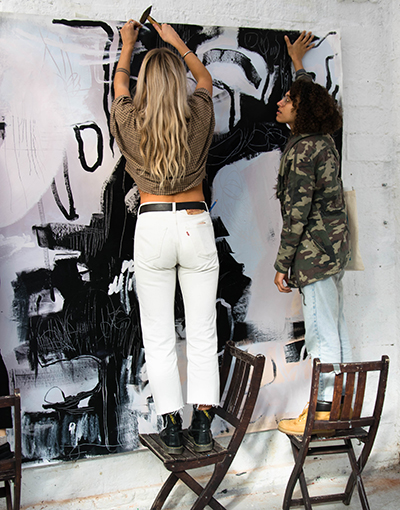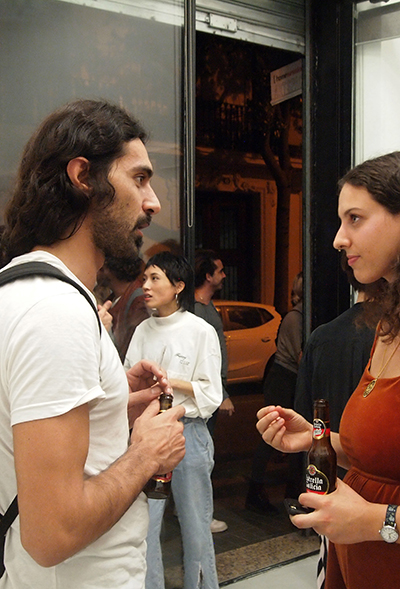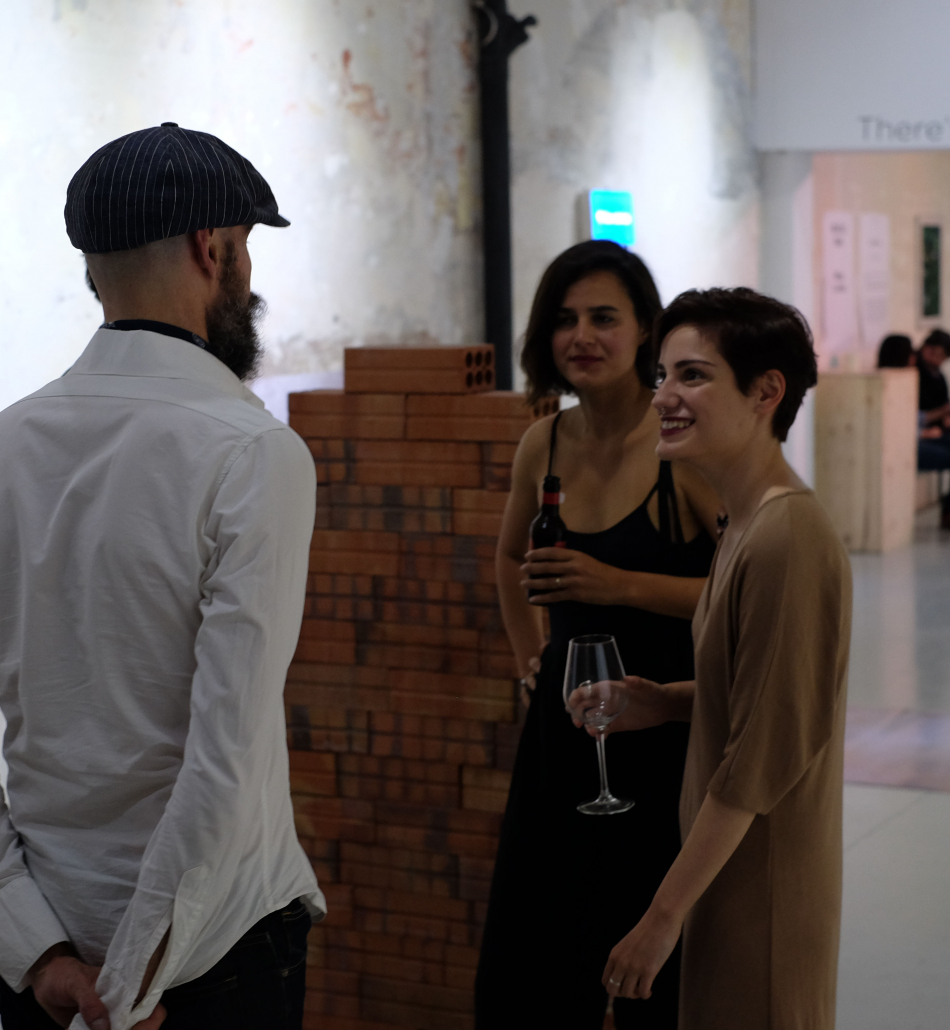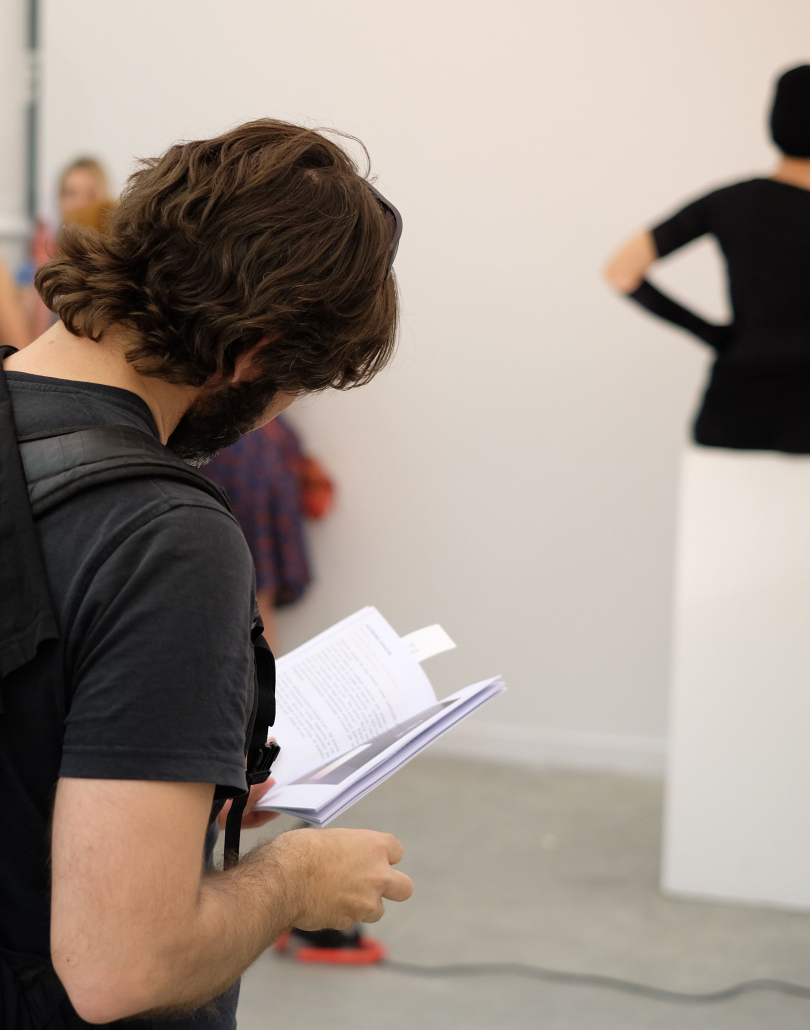4 tips on how to exhibit your artwork
Artists often approach us to get ideas to where and how to show their work. They often come from that universal place: how to sell their art, that is to survive financially, to get an income from their artistic activity.
On the other hand, exhibition activity can very well be a part of the artistic practice of an artist, without it necessarily leading to any kind of income.
This article tries to shed some light on the reasons artists have for wanting to exhibit their work, and ways to get there.
1. Your art production
A common mistake among artists is to think that as soon as you have a handful of artworks, they must go on show. Sometimes the reason is simply to get the work ‘out of the studio’ to make space for further production, sometimes it is a question of wanting feedback, but most often it is a wish to start earning money from the artistic activity.
At Metàfora we know many gallerists, curators and other cultural agents, and they always all agree on one thing: The artwork must be genuinely produced. The work must never be produced for the purpose of selling, but for the sake of the discourse, the investigation itself. Art that is worth showing (and perhaps selling) must be the result of a long process, of a solid and resolved art production.
Making art today is not only a question of staying at home in the studio, producing a large amount of works. Any serious and coherent art production changes visually and conceptually through persistent practice, though the personal development of the artist, through experimentation with technique and media, though debates with other artists, though readings and seeing exhibitions and films.
2. To be able to talk about your art
Recently, a gallerist gave a talk to a group of art students at Metàfora. He said: “Sometimes artists come to me and ask me to show their art work in my gallery or in art fairs around the world. When I ask in to the discourse behind the work, to the reasons for the choices they have made during the process, etc, they do not know how to talk about it. How am I supposed to present the work to collectors and clients, if I cannot say what it is about? If the artist doesn’t know, then how am I supposed to know?”
Learning to talk about your own work is an important part of the process. If you can formulate your ideas (or some of them) you know how to continue your production and that is when the discourse and language becomes coherent enough for showing.
3. Understanding the art world
So, once you have a coherent body of works and you are comfortable with your own artistic discourse, what is next?
It is a classical mistake to think you will get into a gallery or be part of a curator’s project, if you simply present yourself with your portfolio under the arm. It is essential to understand the project behind every gallery and curatorial practice: Your work and discourse must fit with that particular project, with the ideas behind the gallery of the shows by the curator. If it does, your success rate is likely to be 100%.
So, how to go about is? There is only one way: visit exhibitions, go to openings, talks and events several times a week.
Inform yourself. Be part of the artworld, be interested in it.
Through interaction and genuine interest you will find the venue where your work fits, where your discourse can be a part of a larger project.
4. Doing it by yourself
Naturally, to find just that curator or that particular gallerist is not so easy. It may take years before you zoom in on someone who shares your ideas, your aesthetic concerns and your overall artistic discourse.
So, in the meantime, try being active and come up with initiatives that may bring your art out there.
Why not opening your own space? Or be part of a project run by other artists?
Try organizing art exhibitions and events where your work forms part of a larger project. Essentially it is a question of socializing, growing, evolving through the exhibition activity itself.
But the overall conclusion is to keep learning, keep visiting exhibitions by other artists, discover galleries, curators, institutions. Form part of artistic communities, make them your home and learn to love and understand the art world.

